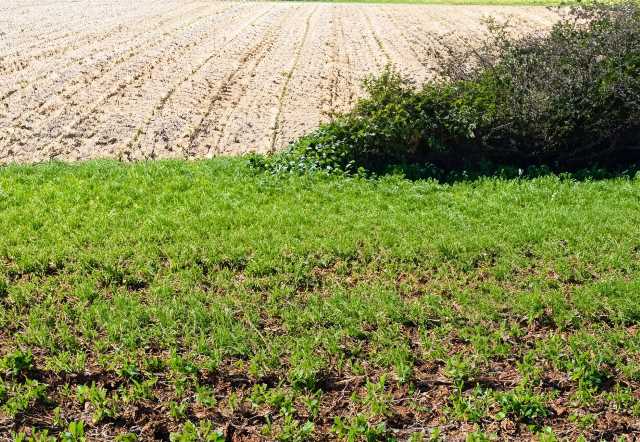How Barbecho Turns Idle Fields into Productivity Powerhouses
Discover the benefits of barbecho in agriculture. Restoring soil nutrients, managing pests naturally, conserving moisture, and promoting biodiversity. Learn how this traditional practice enhances sustainability.





